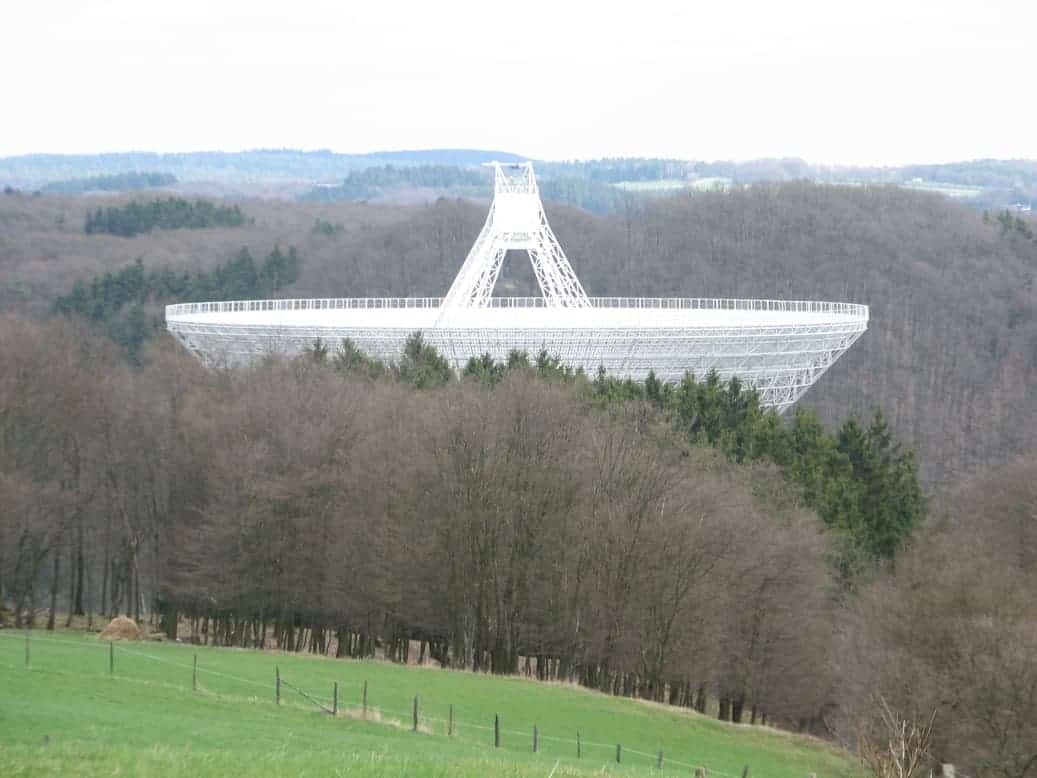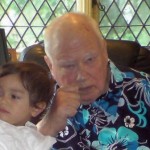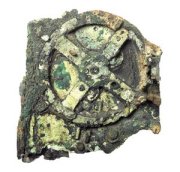A man playing golf on the moon is one of the images permanently etched into the collective memory of humanity’s first exploration of the moon. The so called “golf player” was Alan Shepard the guy with him was Dr Edgar Mitchell whilst Stuart Roosa orbited the moon in the command module. Today, Ed Mitchell, two months away from his 80th birthday is the only remaining member of the Apollo 14 crew.
On a recent visit to Pontefract, organised once again by Ken Willoughby, he describes his personal journey to the moon. Amongst other things he highlights his javelin throw which, by a narrow margin, beat the golf ball, as a picture in his presentation illustrates. He spent nine hours on the surface of the moon during two EVAs on February 5th and 6th 1971. Apollo 14 was his only space flight and he left NASA in the following year.
Ed Mitchell is perhaps best known for his epiphany moment on the return journey to Earth when he experienced a unique spiritual sensation which has dominated his professional and personal life ever since. To help understand it, he left NASA and establish the Institute of Noetic Sciences. Over the last few years he has frequently spoken publicly about his interest in the paranormal, ESP and UFOs. He asserts that the Roswell incident was real, aliens have landed on the Earth and the US military is responsible for a cover-up.
It is strange that someone (a navy pilot and an Apollo astronaut) with a professional life dominated by leading edge science and technology can hold such an unscientific position. He appears oblivious to the contradiction in referring to himself as an astrophysicist and yet accepting Fred Hoyle’s Steady State explanation of cosmology, for which there is little evidence, over the Big Bang. I wonder how he explains Hubble’s law and the expansion of space, Cosmic microwave background radiation and the relative abundance of primordial elements.
I really should have asked him. I did not in part out of deference. Despite his age and unusual views, he remains a member of a unique group of individuals with a special contribution to human history. Who knows, he may well turn out to be right. In the meantime, the main road of science, directed by the sign posts of observational evidence, is probably still the best path to a more accurate understanding of the cosmos.
Dr Mitchell was kind enough to share his power point slides which I have incorporated into the hour long video presentation. Links to that presentation and a video version of this episode below.
====================================
An increasingly familiar quote from someone else who made a huge contribution to how we should go about understanding the cosmos. Carl Sagan.
“I believe that the extraordinary should be pursued. But extraordinary claims require extraordinary evidence” .
Podcast: Play in new window | Download (15.8MB) | Embed
Subscribe: Apple Podcasts | Spotify | RSS | More
Episode 35 – Video (10 minutes)


